Knowing the key of any given piece of music gives you the tools to play the notes, keys, chords and progressions that exist in that particular key.
A key of music on the piano is a pattern of seven different scale tones or musical pitches that are the basis of the notes used in a song or piece of music. A Key of music is synonymous with a musical scale.
Scales vs Keys
As I stated earlier, scales and keys are synonymous. But if I had to differentiate them by definition, I would say that a scale is seen as a series of notes that occur in a specific position in relation to the tonic or first note of the scale. (I’ll get into the specifics on this shortly)
A key of music is a series of musical pitches in which all of them can be present, or a select few. For example, the C Major pentatonic scale is based on the key of C Major but only contains five notes out of the seven notes the key of C Major consists of.
Key Signatures
A Key signature is a set of sharps, flats or none at all at the beginning of a piece of music that signifies what key the music is in. link. It’s very simple to learn key signatures.
Sharps indicate notes that are moved up a half step (or one key).
Sharp Symbol

Flats indicate notes that are moved down a half step (or one key).
Flat Symbol

Key signatures can also share the same number of sharps and/or flats in respect to Major and relative minor key.
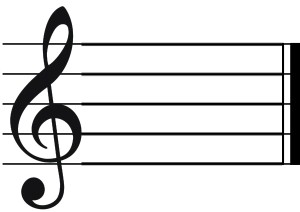
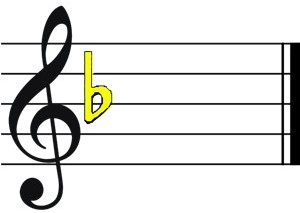
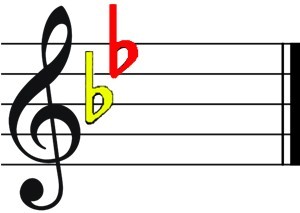
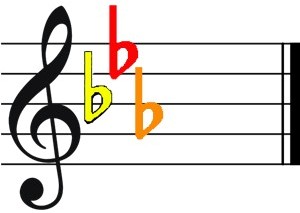
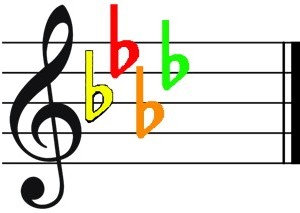
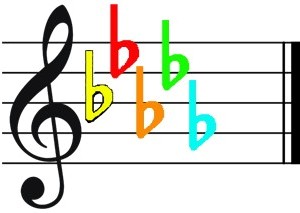

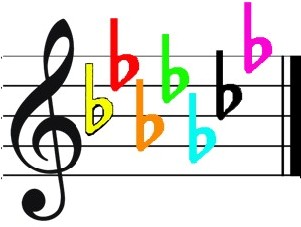
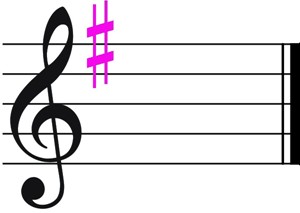
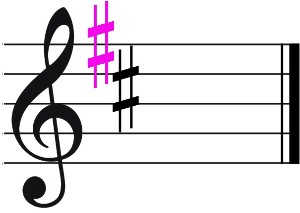
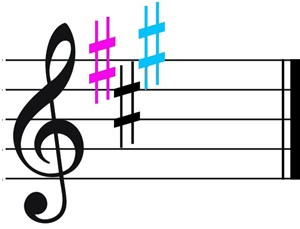
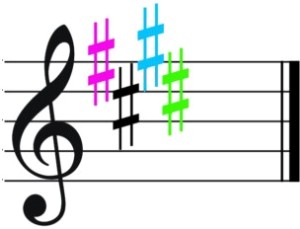
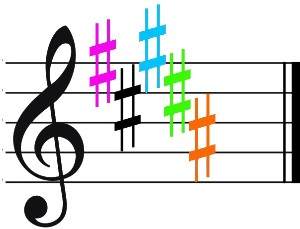
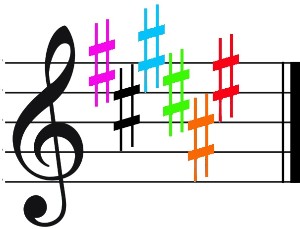
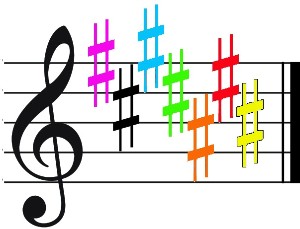
Sharps and Flats for Major and minor Key Signatures
| Major Key | Sharps | Flats | minor Key | Sharps | Flats |
| C | none | none | A | none | none |
| D flat | none | 5 | B | none | 5 |
| D | 2 | none | B | 2 | none |
| E flat | none | 3 | C | none | 3 |
| E | 4 | none | C sharp | 4 | none |
| F | none | 1 | D | none | 1 |
| G flat | none | 6 | E flat | none | 6 |
| G | 1 | none | E | 1 | none |
| A flat | none | 4 | F | none | 4 |
| A | 3 | none | F sharp | 3 | none |
| B flat | none | 2 | G | none | 2 |
| B | 5 | none | A flat | none | 5 |
Some keys of music have the very same notes but have different note names. These are referred to as enharmonic keys. One will have sharps and the other has flats. Neither will have sharps and flats mixed together.
There are three pairs of Major enharmonic keys. Again, these are Major keys with the same notes but different note names.
| Major Key | Enharmonic Major |
| C sharp | D flat |
| F sharp | G flat |
| B | C flat |
The circle of 5ths is a very effective tool to represent Major keys of music as well as their enharmonic Major keys. The number you see beside each sharp or flat signifies how many sharps or flats exist in those keys.
Notice how the circle accumulates sharps as you move clockwise and flats counter-clockwise. They overlap at the bottom of the circle which is why you have enharmonic keys (the same keys with different note names).
Diatonic Note Names
A Major scale is also known as the diatonic scale. Diatonic simply means “in the key of”. Each tone in a diatonic key has seven notes with a unique name for each one of them. Triads (aka 3 note chords) are built upon each one of these tones. Roman numerals are used to denote each tone/triad. Upper case roman numerals represent Major triads while lower case roman numerals represent minor triads.
| Diatonic Tone | Roman Numeral | Name |
| 1 | I | Tonic |
| 2 | ii | Supertonic |
| 3 | iii | Mediant |
| 4 | IV | Subdominant |
| 5 | V | Dominant |
| 6 | vi | Submediant |
| 7 | vii° | Leading tone |
Major Keys
A Major key of music is constructed of a pattern of whole steps and half steps.
A Whole step is the distance from one key to another by skipping a key.
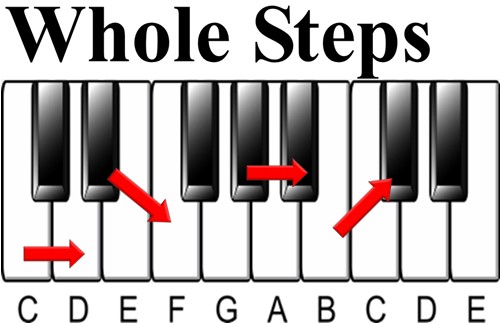
A half step is the distance from one key to another without skipping a key.
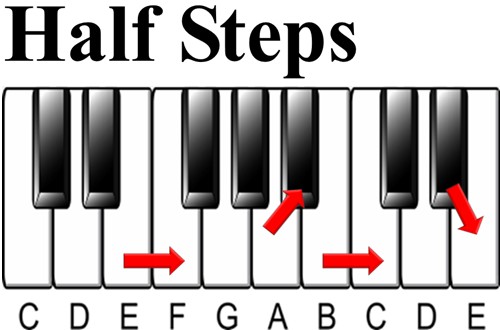
The pattern of a Major key of music:
W = Whole Step
H = Half Step
W-W-H-W-W-W-H
All 12 Major keys of Music and their corresponding numbers
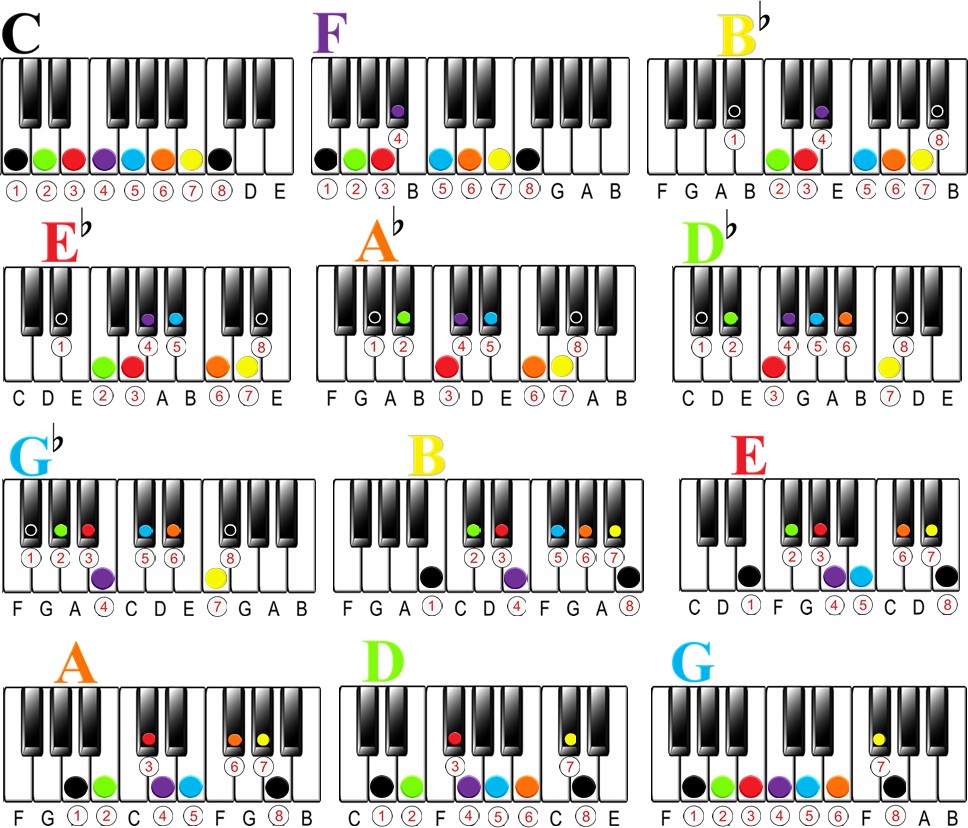
Natural Minor Keys
A natural minor key of music is also constructed of a pattern of whole steps and half steps. However, it’s different from the Major key of music. The natural (or relative minor) as it’s also referred to can also be thought of as a Major key that starts on the 6th tone in the key. This displaces all of the diatonic tones as I covered earlier.
The pattern of a natural minor key of music:
W-H-W-W-H-W-W
The easiest way to learn a natural minor key of music is to differentiate it from the Major key of music. Take a Major key of music and lower the 3rd, 6th and 7th tones down a half step. You now have the parallel minor key of the Major key.
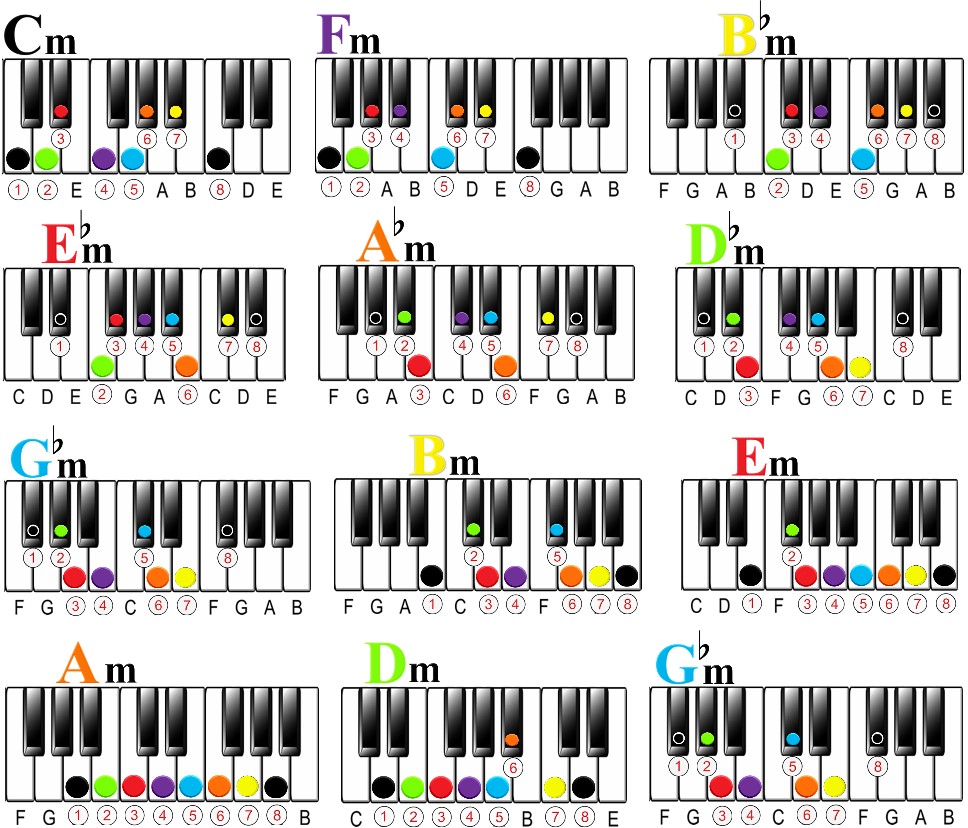
How to Learn Keys of Music with the Number System
The benefit of learning keys of music (aka scales) is the tools it provides you to play melodies, harmonies and chord progressions.
Traditional piano lessons instruct a student to play scales with both hands in unison. Even though there are hand dexterity benefits to this exercise, it’s not the most effective option to learn keys of music.
This is because your kinesthetic sense can help your fingers find the notes of a key subconsciously. This isn’t necessarily bad until you need to recall any given tone in order to construct a chord, voicing, progression etc.
The goal of learning a key of music is to be able to recall its corresponding number per the number system.
The Number System is also referred to as the Nashville number system. It’s a system of transcribing music by denoting the scale degree on which a chord is built. It’s universal to any key of music. That’s what makes it such a useful tool.
As you’ve seen earlier in this article, the number system assigns each tone in a key of music a unique number based on the scale degree.
To effectively learn any key of music, start with your index finger in your right hand on the tonic (first tone) of the key and count each tone as you ascend to the leading tone (seventh tone) of the key. You can proceed though more than one octave.
Key of C Major ascending

Then count down as you descend back to the tonic. Count with a steady pace for each tone.
Key of C Major descending

Use only one (1) finger. Preferably your index finger. Do not use all five fingers. Using only one finger allows you to consciously see and learn each tone as you play it. With repetition this develops a corresponding connection of the numbers and the notes.
The colored dots used to represent the tones of each key are tools used in the Color Score learning system to represent the notes.
Final Thoughts
It’s very simple to learn any given key of music. By using the strategy of only one finger, you’ll consciously know the tones of the key and be able to name them specifically by number. Beyond this, you can study your keys of music with all ten fingers to improve dexterity and your possibilities of learning more advanced musical concepts.
Until next time, Go Play!
Greg Lee
Latest posts by Greg Lee (see all)
- What is a minor/Major 7 Chord? - October 26, 2023
- 7 Chord Substitutions that Professionals Use - October 19, 2023
- 5 Simple Chord Tricks to Sound Amazing - October 5, 2023




